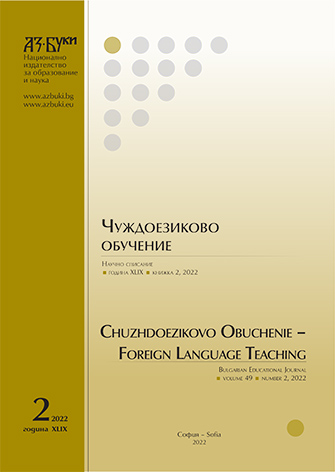Другата руска тройка. Случаят Достоевски
The Other Russian Troika. Dostoevsky's Case
Author(s): Lyudmil DimitrovSubject(s): Social Sciences, Language studies, Language and Literature Studies, Education, Applied Linguistics, Language acquisition, Cognitive linguistics, Eastern Slavic Languages, Vocational Education, Adult Education, Higher Education , State/Government and Education, Inclusive Education / Inclusion, Stylistics, Distance learning / e-learning
Published by: Национално издателство за образование и наука „Аз-буки“
Keywords: trinity character; archetype; mythopoetics; Shakespeare; Pushkin; Dostoevsky; Chekhov
Summary/Abstract: This text attempts to trace a hidden archetype in nineteenth-century Russian literature and how it works in Dostoevsky. As much as there is a lot of space in the metaliterature of the Russian troika, understood as a horses driving and its symbolic metamorphosis of a bird-trio in Gogol, the emphasis here is on the topic, which I can call the “other Russian troika (trio)”. It is about the presence of an almost sacred three-dimensional character, who at one point is attacked and overturned against his presumption of holiness by a fourth demonological hero and a serious battle for his re-sacralization is imminent. Set by the three Baroque witches in Shakespeare's “Macbeth”, led by Hekate, this model was first tested in nineteenth-century Russian literature by Pushkin in “A Tale of Tsar Saltan”, and then in two stages, feminized and masculinized, developed by Dostoevsky in “The Idiot” and “The Karamazov Brothers”, respectively, and finally finds its triumphant ending in Chekhov's “Three Sisters”, whose character system parodies that of “The Idiot”. Why is Dostoevsky such an important link in the listed paradigm?
Journal: Чуждоезиково обучение
- Issue Year: 49/2022
- Issue No: 2
- Page Range: 164-176
- Page Count: 13
- Language: Bulgarian
- Content File-PDF

